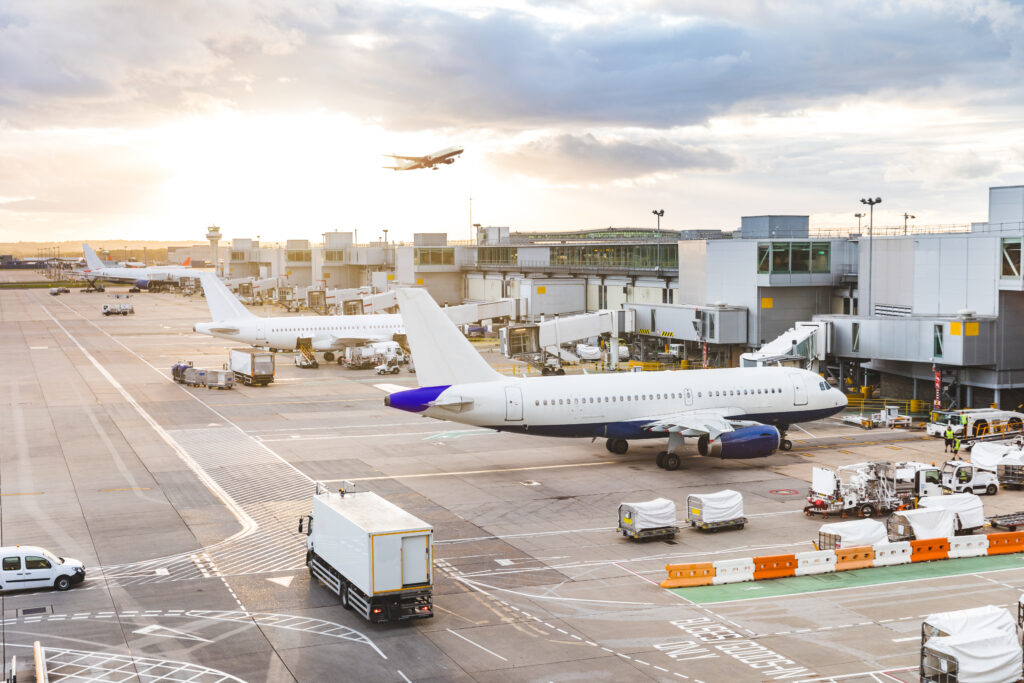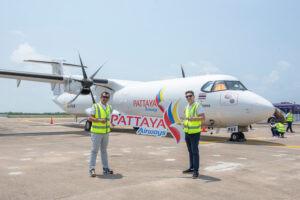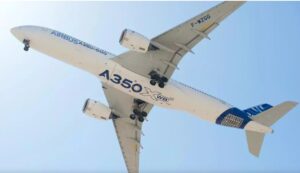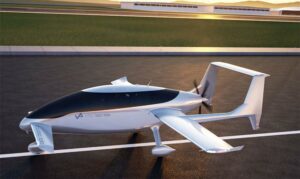The International Air Transport Association (IATA), in conjunction with Atkins, a member of the SNC-Lavalin Group, has created the first suite of innovative digital tools for airports that can estimate the embodied carbon associated with the construction of terminal buildings and aviation assets.
Presented in the form of a digital toolkit, the software will allow airports to gain a better understanding of the impact of construction-related activities that contribute to the airport’s carbon footprint, and thus be able to take mitigating action. There is a current need to reduce embodied carbon in new buildings such as terminals and runways as the global aviation industry continues its post-pandemic growth, modernising and adapting infrastructure to meet Net-Zero targets and the requirements to achieve sustainable aviation.
Developed by IATA and Atkins, the new tools are believed to be the first early-stage embodied carbon assessment tools specifically focused on airport terminal buildings. While most of today’s tools measure carbon in general buildings, and at a later stage in the design, this new digital toolkit is specific to Aviation and to be applied at very early stage in the design – adding the most value.
“Decarbonising aviation is the industry’s greatest challenge, and the industry is fully committed and making progress. However, reaching net-zero by 2050 will require collective efforts from the entire industry supply chain and from policymakers,” said Nick Careen, IATA Senior Vice President Operations, Safety and Security “Our embodied carbon advisory team have worked with IATA to develop a set of innovative industry tools, leading a mature aviation market into a challenging and previously unexplored area of embodied carbon assessment. These tools allow clients to confidently explore the vital conversations around embodied carbon reduction as airports respond to the complex challenges that surround the sector’s net-zero goals,” said Andy Yates, technical director aviation infrastructure for Atkins.





























